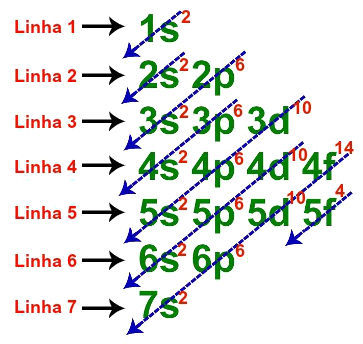Located in North America and covering 9,984,670 square kilometers, Canada is the second largest country on the planet, only behind Russia (17,075,400 km²). Its population is 33,573,467 inhabitants, with a demographic density of 3.3 inhabitants/km². The nation is among the most economically developed in the world, including the select G8 – a group formed by the seven richest and most industrialized nations in the world and Russia.
Canada, whose official currency is the Canadian dollar, has registered an average increase in the Gross Domestic Product (GDP) of 2.7% per year and, in 2009, it reached the amount of 1.4 trillion dollars, occupying the 11th place in the world ranking. The composition of the national GDP is as follows: agriculture 2%, industry 32%, services 66%.
The mineral wealth of Canadian soil is mainly responsible for the economic development of the country, which has deposits of iron, oil, natural gas, uranium, gold, silver, nickel, copper, molybdenum, zinc, asbestos, among others. Canada is among the world's largest producers of zinc and nickel. These natural resources, in addition to being exported, provided subsidies for the country's industrial development.
With extensive areas of boreal forest (approximately 48% of the territory), Canada is a major producer of paper, pulp and wood, housing industries that operate in this segment in a sustainable way, with the majority of production destined for the States United. The local government encourages reforestation programs, thus guaranteeing raw material for the continuation of activities related to wood. Agriculture, in turn, is endowed with high technological development and is highly mechanized. Cereal production, especially wheat, accounts for more than half of exports in this economic segment.
The industrial sector is very diversified and developed. The main hubs are located in cities with the largest population: Toronto, Montreal, Vancouver, Ottawa, Edmonton and Québec. These urban centers are home to paper, metallurgy, chemical, petrochemical, mining, telecommunications, aerospace, computer, textile, food, and other industries.
Since 1994, the country, together with the United States and Mexico, has been part of NAFTA (North American Free Trade Agreement). This bloc has further strengthened trade relations between Canadians and the United States, as Canada's economy is fully linked to that of the United States, which are the main investors and importers of its products - approximately 80% of Canadian exports are destined to USA.
By Wagner de Cerqueira and Francisco
Graduated in Geography
Brazil School Team
Canada - geography - countries- Brazil School
Source: Brazil School - https://brasilescola.uol.com.br/geografia/a-economia-canada.htm


